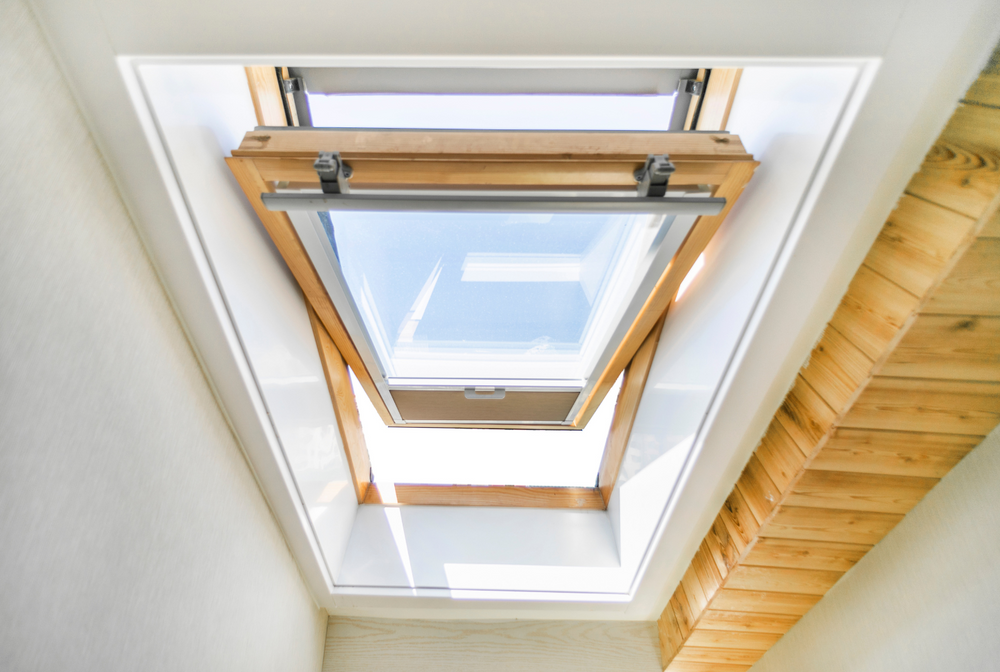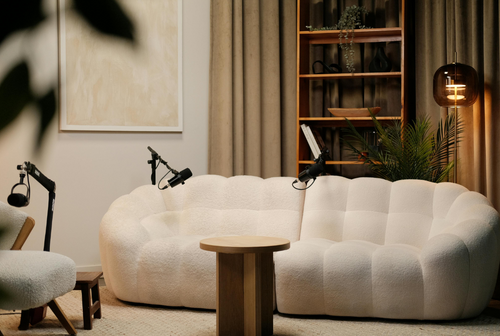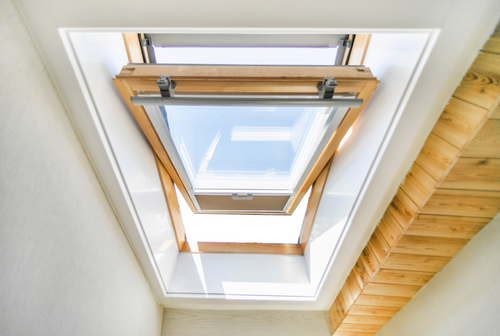Have you ever wondered why you feel so amazing after standing near a waterfall or walking on the beach? That energized, refreshed feeling isn't just in your head. You're actually breathing in millions of tiny charged particles called negative ions that can boost your mood, help you sleep better, and even make breathing easier.
What Are Negative Ions and Where Do You Find Them?
Negative ions are oxygen molecules that picked up an extra electron. This gives them a negative charge. They're everywhere in nature, but some places have way more than others.
Waterfalls create the most negative ions - up to 100,000 per cubic centimeter. Ocean waves crashing on beaches produce about 4,000 per cubic centimeter. Forests have around 3,000, especially after it rains. Your indoor spaces? Often just 100 per cubic centimeter.
That's a huge problem. Your home and office have almost no negative ions compared to nature. Air conditioning, synthetic furniture, and electronics actually destroy negative ions while creating positive ions. This imbalance makes you feel tired, cranky, and foggy.
Cities make this worse. Pollution and smog wipe out negative ions from the air. That's why you feel so much better when you escape to the mountains or beach for vacation. You're literally breathing different air.
The EPA tracks indoor air quality issues, and low negative ion levels are a real concern. Most people spend 90% of their time indoors breathing air that's starved of these beneficial particles.
How Negative Ions Boost Your Health
Scientists have studied negative ions for decades. The results are pretty amazing. Columbia University found that negative ions increase serotonin in your blood. That's your brain's "happy chemical." More serotonin means better mood and less depression.
Your lungs love negative ions too. When you breathe them in, they stick to dust, pollen, and other junk floating in the air. This makes those particles heavier so they fall down instead of going into your lungs. People with asthma often breathe easier in high negative ion environments.
Sleep gets better with negative ions around. They help your body make melatonin naturally and lower stress hormones like cortisol. Studies show people fall asleep faster and wake up more refreshed when sleeping in negative ion-rich air.
Air Oasis technology creates negative ions safely while filtering out harmful particles. This gives you the wellness benefits without any of the risks that come with cheap ionizers.
Your brain works better too. Negative ions help deliver more oxygen to your cells. This can improve focus, memory, and mental clarity. Many people report feeling sharper and more alert when they get regular negative ion exposure.
Natural Sources vs. Indoor Technology
Nature creates negative ions through physical action. Water hitting rocks, lightning during storms, and sunlight hitting water droplets all make negative ions. These natural processes are completely safe and beneficial.
Indoor ionizers work differently. They use electricity to create negative ions artificially. This can be great or terrible depending on the technology. Many cheap ionizers produce ozone as a side effect. Ozone damages your lungs, even in small amounts.
The Harvard School of Public Health warns against ozone-producing devices. They recommend only using ionizers that are certified ozone-free. Quality matters more than price when it comes to your health.
Natural exposure still beats artificial sources. Try to spend 20-30 minutes outside daily, especially near water or in forests. Morning exposure works best for your body's natural rhythms. Rainy days actually increase negative ions, so don't skip outdoor time just because it's wet.
But you can't live outside. That's where quality indoor ionization helps. The key is choosing technology that creates negative ions without harmful byproducts.
Spotting Safe vs. Dangerous Ion Technology
Not all ionizers are safe. Many produce ozone, which can hurt your respiratory system. Others create harmful byproducts that cancel out any benefits. Here's how to tell the difference.
Look for CARB certification. The California Air Resources Board tests air cleaners to make sure they don't produce dangerous ozone levels. This certification means the device is safe for continuous use in your home.
Avoid any device that mentions producing ozone, even "small amounts." There's no safe level of ozone indoors. Marketing terms like "activated oxygen" or "energized oxygen" usually mean ozone production.
Quality ionizers combine negative ion generation with other air cleaning technologies. Air Oasis purifiers use ionization alongside HEPA filters and UV-C sterilization. This multi-layer approach cleans air while adding beneficial negative ions safely.
Check for independent lab testing. Reputable companies test their products at third-party labs and share those results. Avoid companies that only provide their own internal testing data.
Getting the Right Amount of Negative Ion Exposure
Balance is key with negative ion exposure. Too little leaves you feeling sluggish and moody. But you also want consistent, moderate exposure rather than occasional heavy doses.
Natural exposure should be your foundation. Spend time outdoors daily, especially near water sources. Take morning walks, visit beaches or lakes on weekends, and choose outdoor exercise when possible. Even urban parks with fountains can boost your negative ion intake.
Indoor air quality affects your ion exposure too. Reduce positive ion sources by minimizing synthetic materials where possible. Keep humidity between 40-60% to support natural ion balance. Good ventilation helps, but most HVAC systems don't add negative ions back to the air.
Quality air purification technology can fill this gap. Look for systems that generate negative ions while removing pollutants. This gives you clean air plus the wellness benefits of ion therapy.
Timing matters for maximum benefit. Morning negative ion exposure helps regulate your circadian rhythm and boosts daytime energy. Evening exposure can promote better sleep quality.
Your Next Steps for Better Air and Better Health
Negative ions offer real health benefits when you get them from safe sources. Natural exposure combined with quality indoor ionization creates the ideal environment for wellness optimization. The key is choosing certified, ozone-free technology that enhances rather than compromises your indoor air quality.
Start by increasing your natural negative ion exposure through outdoor activities near water. Then consider adding safe ionization technology to maintain those benefits indoors. Your mood, sleep, and breathing will thank you.
Ready to bring the benefits of negative ions into your home safely? Air Oasis creates negative ions without harmful ozone while providing medical-grade air filtration. Shop Air Oasis today and experience how clean, ion-balanced air can optimize your health naturally.
Frequently Asked Questions About Negative Ion Exposure
Here are some answers to Qs ont his topic.
Are negative ions actually good for you?
Yes, research shows negative ions can improve mood, sleep quality, and respiratory function when sourced safely without ozone production.
How do I know if an ionizer is safe?
Look for CARB certification and avoid any device that produces ozone. Safe ionizers combine ionization with other air cleaning technologies.
Can I get enough negative ions naturally?
Natural sources provide excellent negative ion exposure, but indoor environments typically have very low levels that benefit from supplementation.
Do negative ions really clean the air?
Negative ions cause airborne particles to clump together and fall out of the air, which helps reduce allergens and pollutants you breathe.
How long should I expose myself to negative ions?
Daily exposure of 20-30 minutes to natural sources plus continuous safe indoor ionization provides optimal health benefits.



